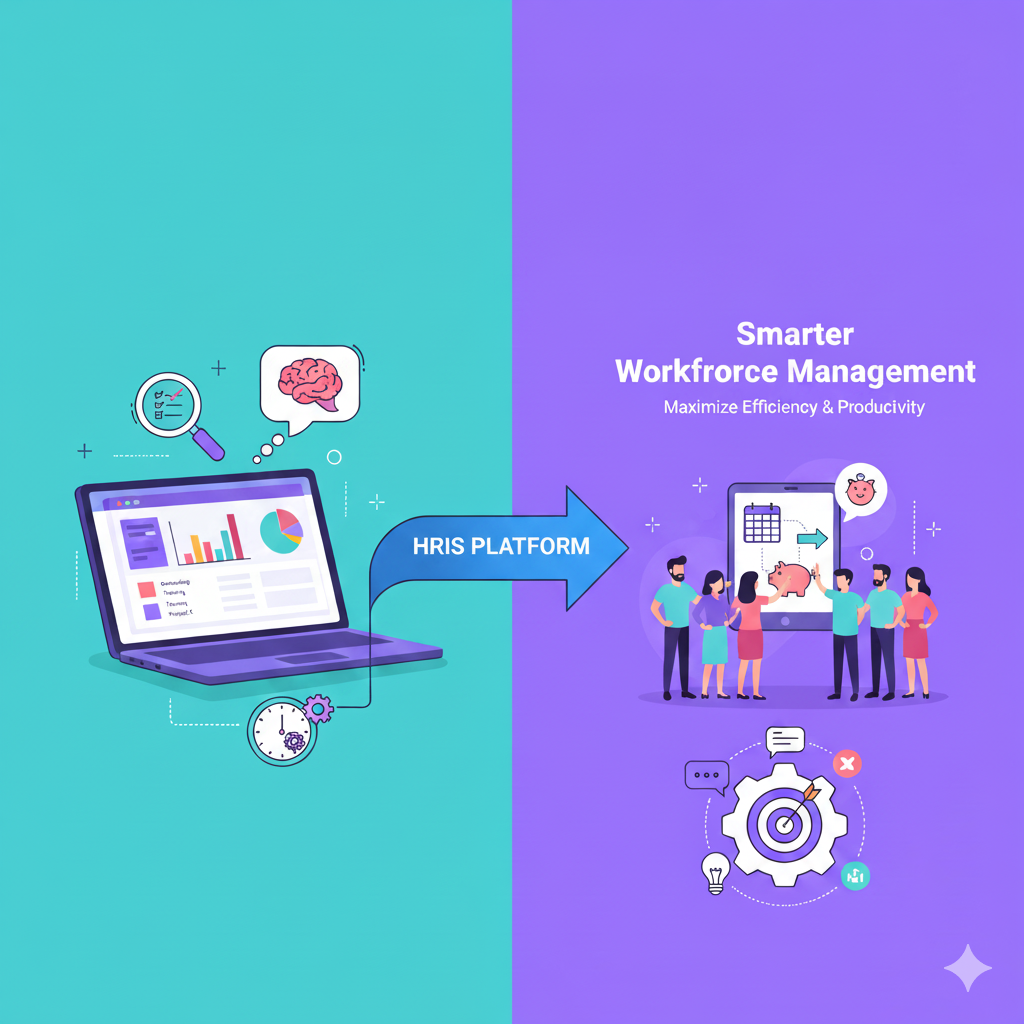Address
Kaypian, San Jose Del Monte City, Bulacan Philippines
Work Hours
Monday to Friday: 8AM - 6PM
Weekend: 10AM - 5PM
Address
Kaypian, San Jose Del Monte City, Bulacan Philippines
Work Hours
Monday to Friday: 8AM - 6PM
Weekend: 10AM - 5PM


Integrated HR. Accurate Payroll.


Integrated HR. Accurate Payroll.

In today’s digital workplace, Human Resource Information Systems (HRIS) are no longer just tools for storing employee data. Modern HRIS platforms now come with task activity tracking, which allows businesses to monitor, assign, and evaluate employee tasks more effectively.
For organizations aiming to boost productivity, accountability, and workforce efficiency, understanding how Task Activity in HRIS works is essential.
In this guide, we’ll explore what task activity means, how it functions within an HRIS system, and why it plays a vital role in smarter workforce management.
Task Activity in HRIS refers to the tracking, assigning, and monitoring of employee tasks directly within the HRIS platform. It helps HR managers and team leaders keep an organized record of daily, weekly, or project-based activities while linking them to employee performance data.
In short, it’s a built-in system that bridges work management with HR operations, allowing businesses to streamline both administrative and performance-related processes.
Task Activity in HRIS is more than just a digital checklist—it’s a strategic tool for smarter workforce management. By centralizing task tracking within the HR system, companies can improve productivity, accountability, and overall business efficiency.
For organizations looking to maximize their HRIS investment, integrating task activity tracking is a game-changer. It not only streamlines HR processes but also empowers employees to stay on top of their responsibilities and performance goals.